Spice Up Your Plate: A Flavorful Journey into Ethiopian Chicken Recipes
When it comes to global spice traditions, few cuisines are as rich and vibrant as Ethiopian. Known for its complex blends of spices, bold flavors, and unique cooking techniques, Ethiopian cuisine offers a culinary experience that's both comforting and adventurous. At the heart of this tradition is the ethiopian chicken recipe, a dish that not only delights the taste buds but also tells a story of culture, history, and community.
Table of Contents
- Introduction to Ethiopian Cuisine
- The Magic of Ethiopian Spices
- The Ethiopian Chicken Recipe: A Step-by-Step Guide
- Practical Tips for Cooking Ethiopian Chicken
- Buying Guide: Essential Ingredients and Tools
- Conclusion
Introduction to Ethiopian Cuisine
Ethiopian cuisine is a celebration of flavor, rooted in centuries of tradition. It’s often associated with the use of injera, a spongy flatbread made from teff, which serves as both a plate and a utensil. However, the real star of the show is the food itself—especially the ethiopian chicken recipe. This dish is a staple in many homes and restaurants across Ethiopia, and it has been gaining popularity worldwide for its depth of flavor and cultural significance.
The Magic of Ethiopian Spices
Ethiopian cooking is all about the balance of spices. Unlike Western dishes where one or two dominant spices take the spotlight, Ethiopian recipes often feature a symphony of herbs and spices that work together in harmony. The key players include berbere, a fiery spice blend; mitmita, a more delicate red pepper powder; and garam masala, which adds warmth and complexity.
| Spice | Description | Flavor Profile |
|---|---|---|
| Berbere | A spicy and aromatic mix of chili peppers, garlic, ginger, and various herbs. | Hot, smoky, and slightly sweet. |
| Mitmita | A milder version of berbere, with a focus on red pepper and cardamom. | Warm, slightly sweet, and less intense than berbere. |
| Garam Masala | A blend of ground spices like cumin, coriander, cinnamon, and cloves. | Earthy, warm, and aromatic. |
These spices aren’t just for flavor—they’re also packed with health benefits. Berbere, for instance, is known for its anti-inflammatory properties, while garlic and ginger are natural immune boosters.
The Ethiopian Chicken Recipe: A Step-by-Step Guide
Now that we’ve explored the spices, let’s dive into the ethiopian chicken recipe. This dish is usually served with injera, but it can also be paired with rice or bread. Here’s how you can recreate it at home:
Ingredients
- 1 whole chicken (or 4 chicken thighs)
- 2 tablespoons of oil (coconut or vegetable)
- 1 large onion, sliced
- 2 cloves garlic, minced
- 1 tablespoon fresh ginger, grated
- 2 teaspoons berbere
- 1 teaspoon mitmita (optional)
- 1 teaspoon ground cumin
- 1 teaspoon ground coriander
- 1/2 teaspoon turmeric
- Salt and pepper to taste
- 1 cup tomato sauce or diced tomatoes
- 1/4 cup water or chicken broth
Instructions
- Heat the oil in a large pot or Dutch oven over medium heat.
- Add the onions and sauté until golden brown, about 5 minutes.
- Stir in the garlic and ginger, cooking for another 2–3 minutes.
- Add the chicken pieces and cook until they're lightly browned on all sides.
- Stir in the berbere, mitmita (if using), cumin, coriander, and turmeric.
- Pour in the tomato sauce and water or broth. Bring to a simmer.
- Reduce the heat, cover, and let the chicken cook for about 40–50 minutes, or until tender.
- Season with salt and pepper before serving.
Practical Tips for Cooking Ethiopian Chicken
Cooking Ethiopian chicken doesn't have to be complicated. Here are some tips to help you achieve the best results:
- Use Fresh Spices: Freshly ground spices will give your dish a much more vibrant flavor than pre-made mixes.
- Don’t Rush the Sauté: Taking time to properly sauté the onions, garlic, and ginger will build a deeper flavor base.
- Adjust Heat Levels: If you prefer a milder dish, reduce the amount of berbere or skip the mitmita altogether.
- Let It Rest: After cooking, let the chicken rest for a few minutes before serving. This allows the juices to redistribute, making the meat more tender.
- Pair with Injera: Injera is the traditional accompaniment, so serve it alongside the chicken for an authentic experience.
Buying Guide: Essential Ingredients and Tools
If you're serious about making the ethiopian chicken recipe, here are some must-have ingredients and tools:
Key Ingredients
- Berbere Spice Blend: Available in most specialty grocery stores or online. Look for organic, high-quality blends without fillers.
- Mitmita: A milder alternative to berbere, often used to add warmth without too much heat.
- Injera: If you can’t make it yourself, look for ready-to-eat injera at Ethiopian markets or online.
- Teff Flour: For those who want to make their own injera, teff flour is essential.
Recommended Tools
- Dutch Oven: Perfect for slow-cooking the chicken and allowing the flavors to develop fully.
- Cutting Board and Knife: A sharp knife and sturdy cutting board are crucial for prepping the chicken and vegetables.
- Measuring Spoons and Cups: Accurate measurements ensure consistent results.
- Wooden Spoon: Ideal for stirring and scraping the bottom of the pot to prevent burning.
Who Should Use These Products?
These ingredients and tools are perfect for anyone interested in exploring Ethiopian cuisine, whether you're a seasoned chef or a curious beginner. They’re especially useful for home cooks who want to bring authentic flavors to their kitchen without spending too much time or effort.
When to Use Them
Whether you're hosting a dinner party, looking for a cozy weeknight meal, or simply wanting to try something new, these products will elevate your cooking experience. The ethiopian chicken recipe is ideal for any occasion where you want to impress guests with bold, aromatic flavors.
Conclusion
The ethiopian chicken recipe is more than just a dish—it’s a window into a rich and flavorful world of global spice traditions. From the deep, smoky notes of berbere to the warmth of cumin and coriander, every bite tells a story of culture, heritage, and culinary artistry. Whether you're a spice enthusiast or a casual cook, this recipe is a must-try. So, grab your spices, fire up the stove, and let the magic of Ethiopian cuisine transform your next meal.
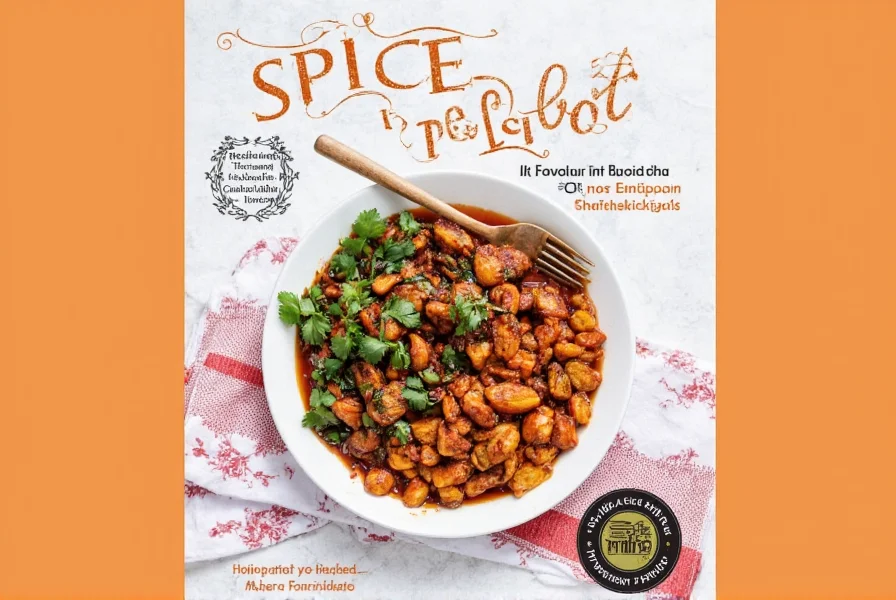
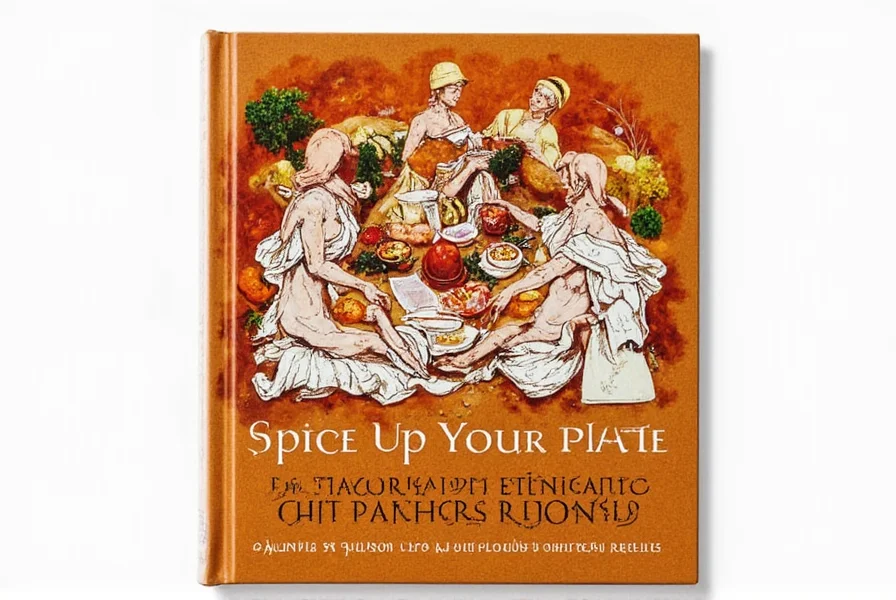
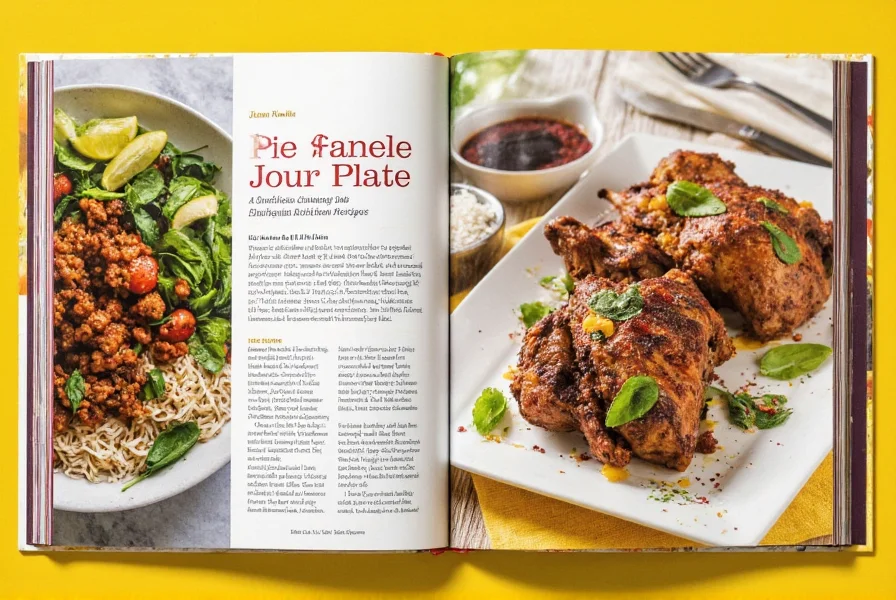
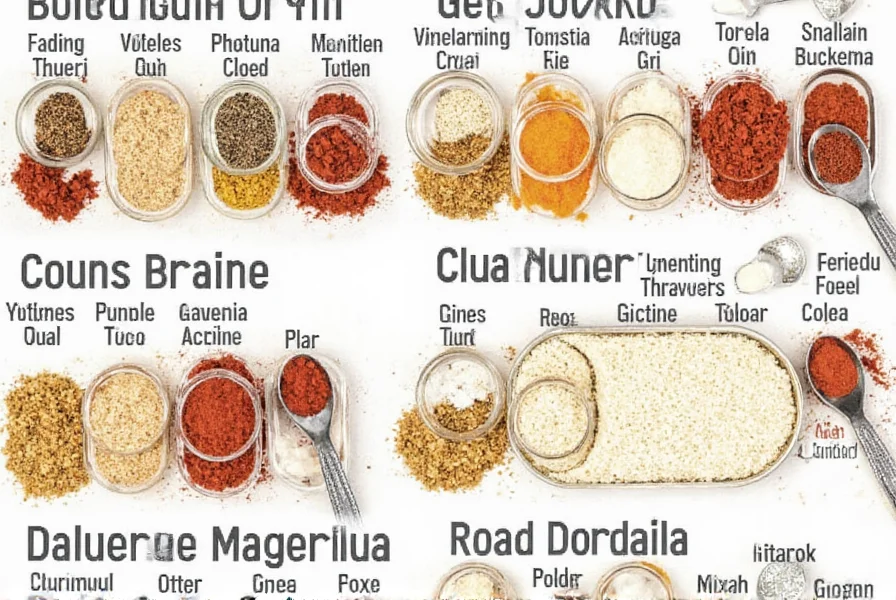
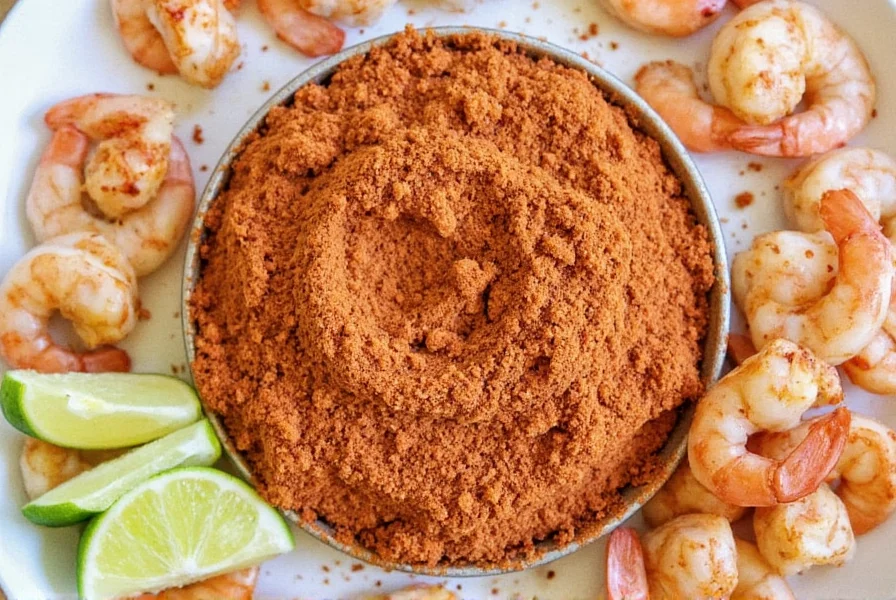











 浙公网安备
33010002000092号
浙公网安备
33010002000092号 浙B2-20120091-4
浙B2-20120091-4